PC gamers are celebrating games that actually run, and it’s the FPS leading by example.
Get the latest international news and world events from around the world.

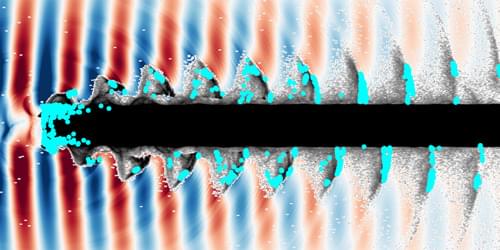
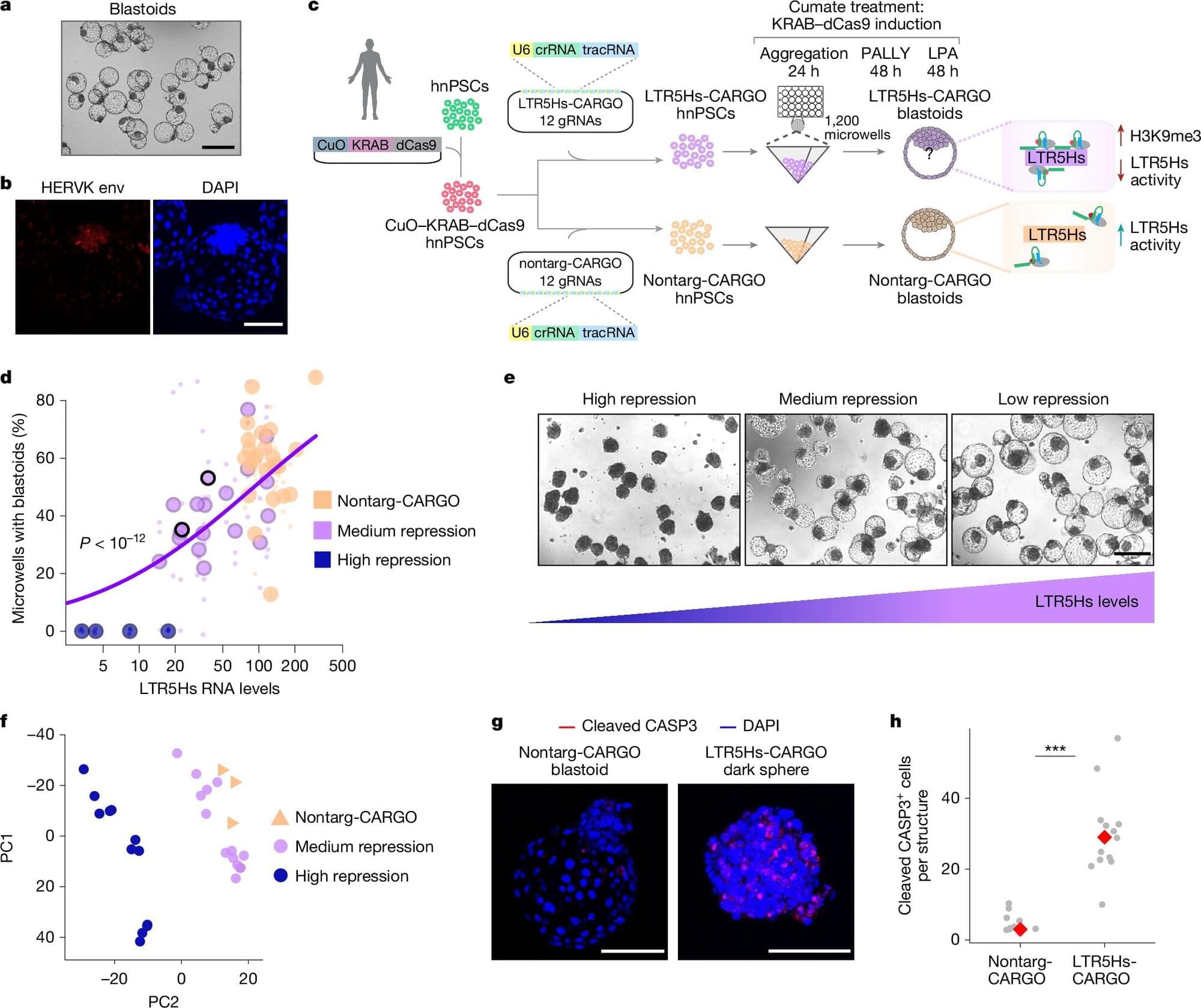
Ancient viral DNA is essential for human embryo development, study shows
Our ancient past isn’t always buried history. When it comes to our DNA, nearly 9% of the human genome is made up of leftover genetic material from ancient viruses (called endogenous retroviruses or ERVs) that infected our ancestors millions of years ago and became permanently integrated into our genetic code. In a new study published in the journal Nature, scientists have demonstrated that one piece of this viral junk is essential for the earliest stages of human life.
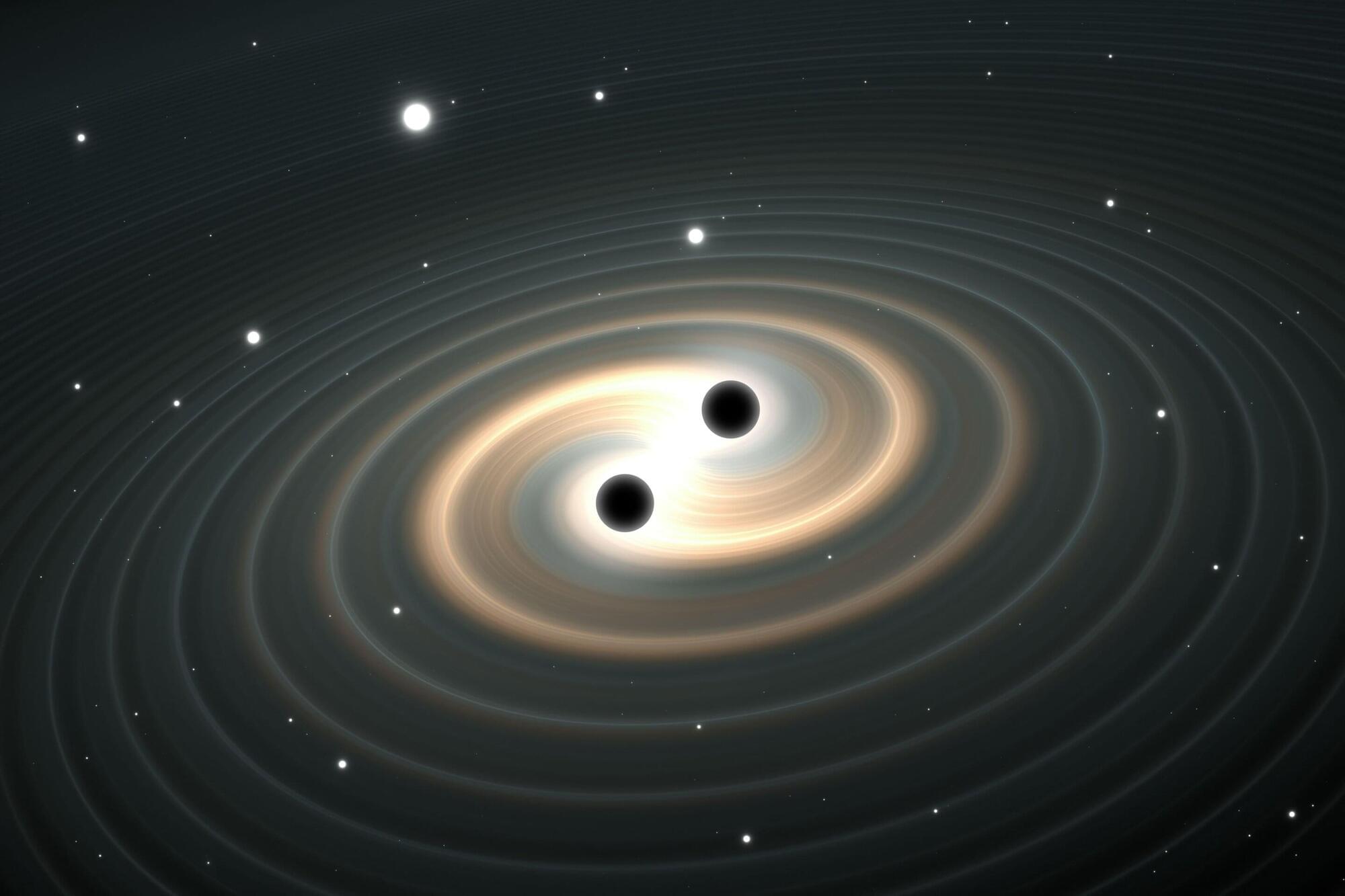
New approach to gravitational wave detection opens the milli-Hz frontier
Scientists have unveiled a new approach to detecting gravitational waves in the milli-Hertz frequency range, providing access to astrophysical and cosmological phenomena that are not detectable with current instruments.
Gravitational waves—ripples in spacetime predicted by Einstein—have been observed at high frequencies by ground-based interferometers such as LIGO and Virgo, and at ultra-low frequencies by pulsar timing arrays. However, the mid-band range has remained a scientific blind spot.
Developed by researchers at the Universities of Birmingham and Sussex, the new detector concept uses cutting-edge optical cavity and atomic clock technologies to sense gravitational waves in the elusive milli-Hertz frequency band (10⁻⁵–1 Hz).

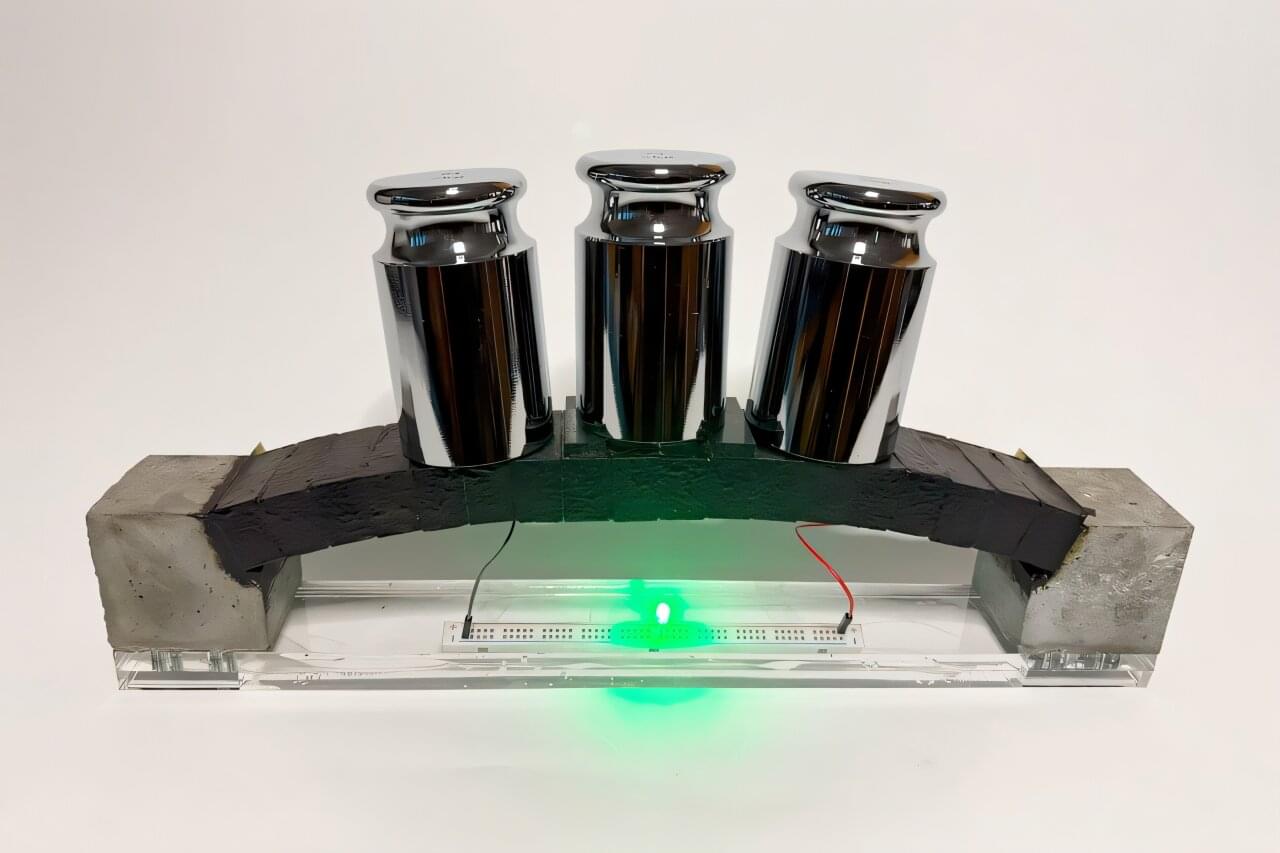
Concrete ‘battery’ now packs 10 times the power
Concrete already builds our world, and now it’s one step closer to powering it, too. Made by combining cement, water, ultra-fine carbon black (with nanoscale particles), and electrolytes, electron-conducting carbon concrete (ec3, pronounced “e-c-cubed”) creates a conductive “nanonetwork” inside concrete that could enable everyday structures like walls, sidewalks, and bridges to store and release electrical energy. In other words, the concrete around us could one day double as giant “batteries.”
As MIT researchers report in a new PNAS paper, optimized electrolytes and manufacturing processes have increased the energy storage capacity of the latest ec3 supercapacitors by an order of magnitude.
In 2023, storing enough energy to meet the daily needs of the average home would have required about 45 cubic meters of ec3, roughly the amount of concrete used in a typical basement. Now, with the improved electrolyte, that same task can be achieved with about 5 cubic meters, the volume of a typical basement wall.
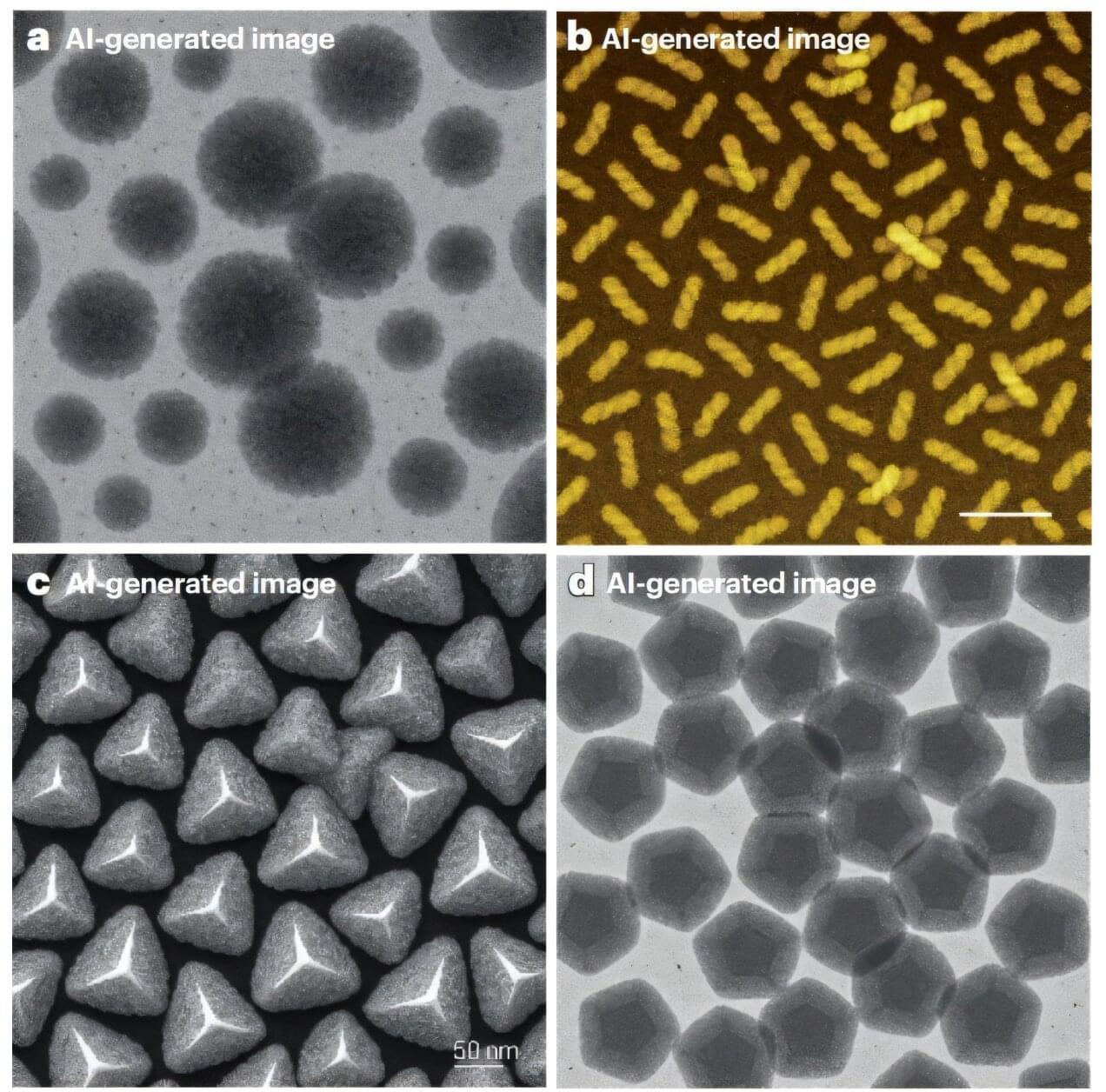
AI-generated nanomaterial images fool even experts, study shows
Black-and-white images of pom-pom–like clusters, semi-translucent fields of tiny dark gray stars on a pale background, and countless other abstract patterns are a familiar sight in scientific papers describing the shapes and properties of newly engineered materials.
So, when research images show particles that resemble puffed popcorn or perfectly smooth “Tic Tacs,” it might not trigger our AI suspicion radar, but researchers in a recent study caution otherwise.
Microscopy images are indispensable in nanomaterials science, as they reveal the hidden intricacies and fascinating shapes that tiny particles assume, which appear to be a pile of dust to the naked eye.
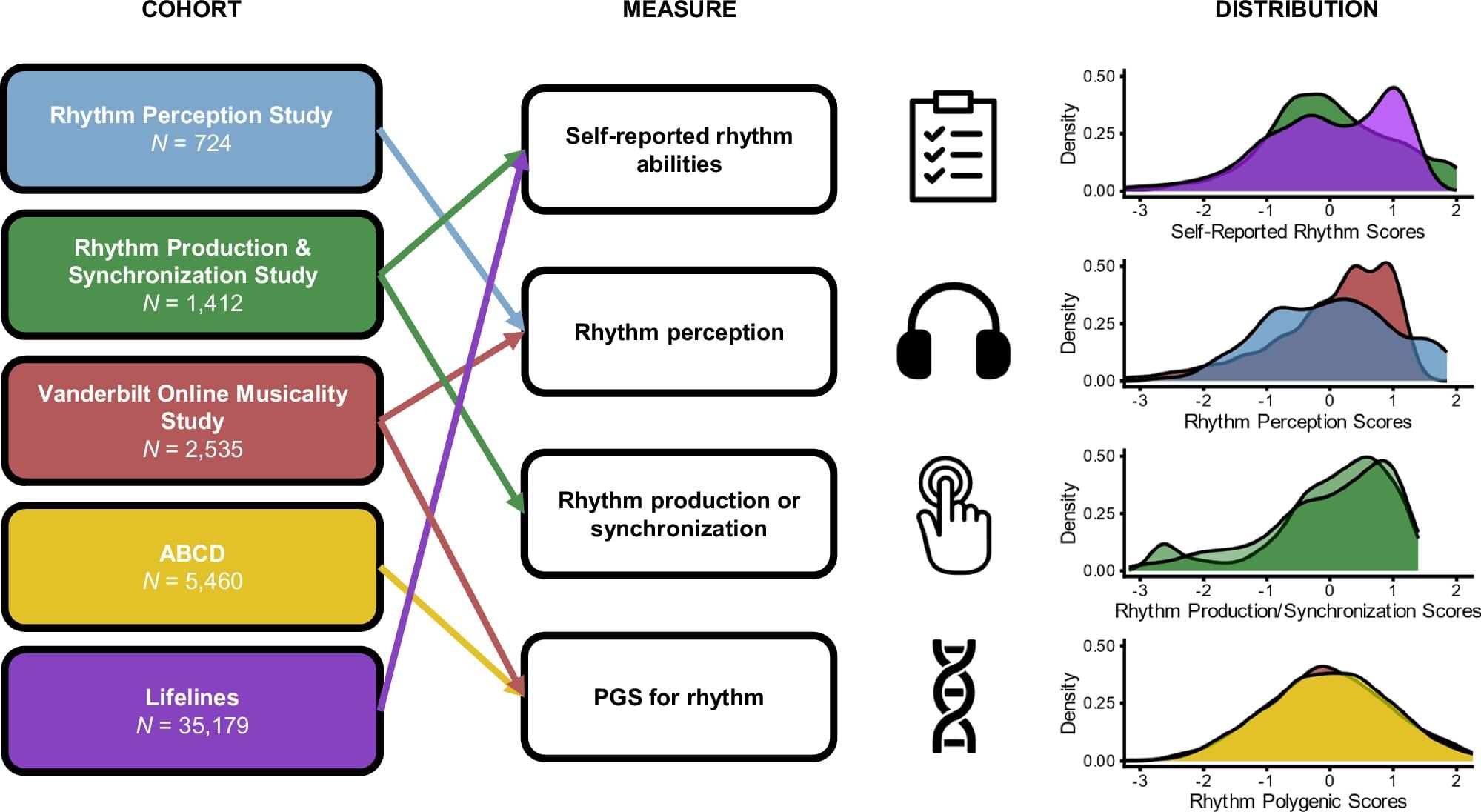
Genetic and behavioral links found between musical rhythm perception and developmental language disorders
In a paper published in Nature Communications, researchers at Vanderbilt University Medical Center’s Department of Otolaryngology–Head and Neck Surgery leveraged two main studies—one focused on behavior and one focused on genetics—to highlight the correlation between participants’ musical rhythm abilities and developmental speech-language disorders.
These disorders include developmental language disorder, dyslexia and stuttering, among others.
Evidence showed that deficiency in musical rhythm perception is a “modest but consistent risk factor for developmental speech, language and reading disorders,” according to the study’s lead author, Srishti Nayak, Ph.D., assistant professor of Otolaryngology-Head and Neck Surgery.
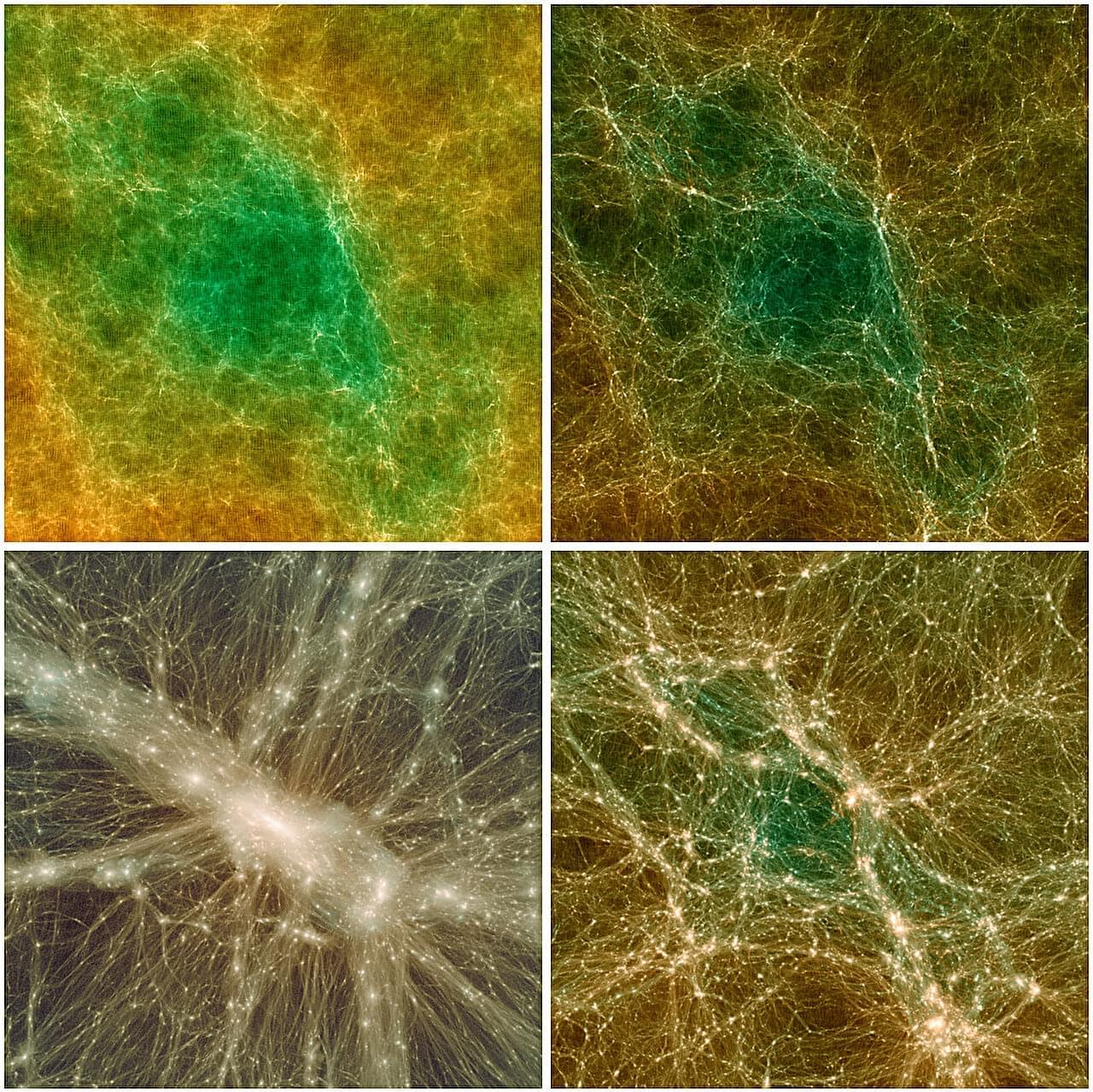
Could dark energy change over time? Supercomputer simulations challenge ΛCDM assumption
Since the early 20th century, scientists have gathered compelling evidence that the universe is expanding at an accelerating rate. This acceleration is attributed to what is known as dark energy—a fundamental property of spacetime that has a repulsive effect on galaxies.
For decades, the leading cosmological model, known as the Lambda Cold Dark Matter (ΛCDM), has assumed that dark energy is a constant entity, unchanging throughout cosmic time. While this simple assumption has served as the bedrock of modern cosmology, it has left a fundamental question unanswered: what if dark energy is not constant, but instead a time-varying property of the universe?
Recent observations have provided some of the first hints that the above-mentioned assumption may not be correct. The Dark Energy Spectroscopic Instrument (DESI), a sophisticated experiment for conducting astronomical surveys of distant galaxies, has produced data suggesting a preference for a dynamic dark energy (DDE) component.